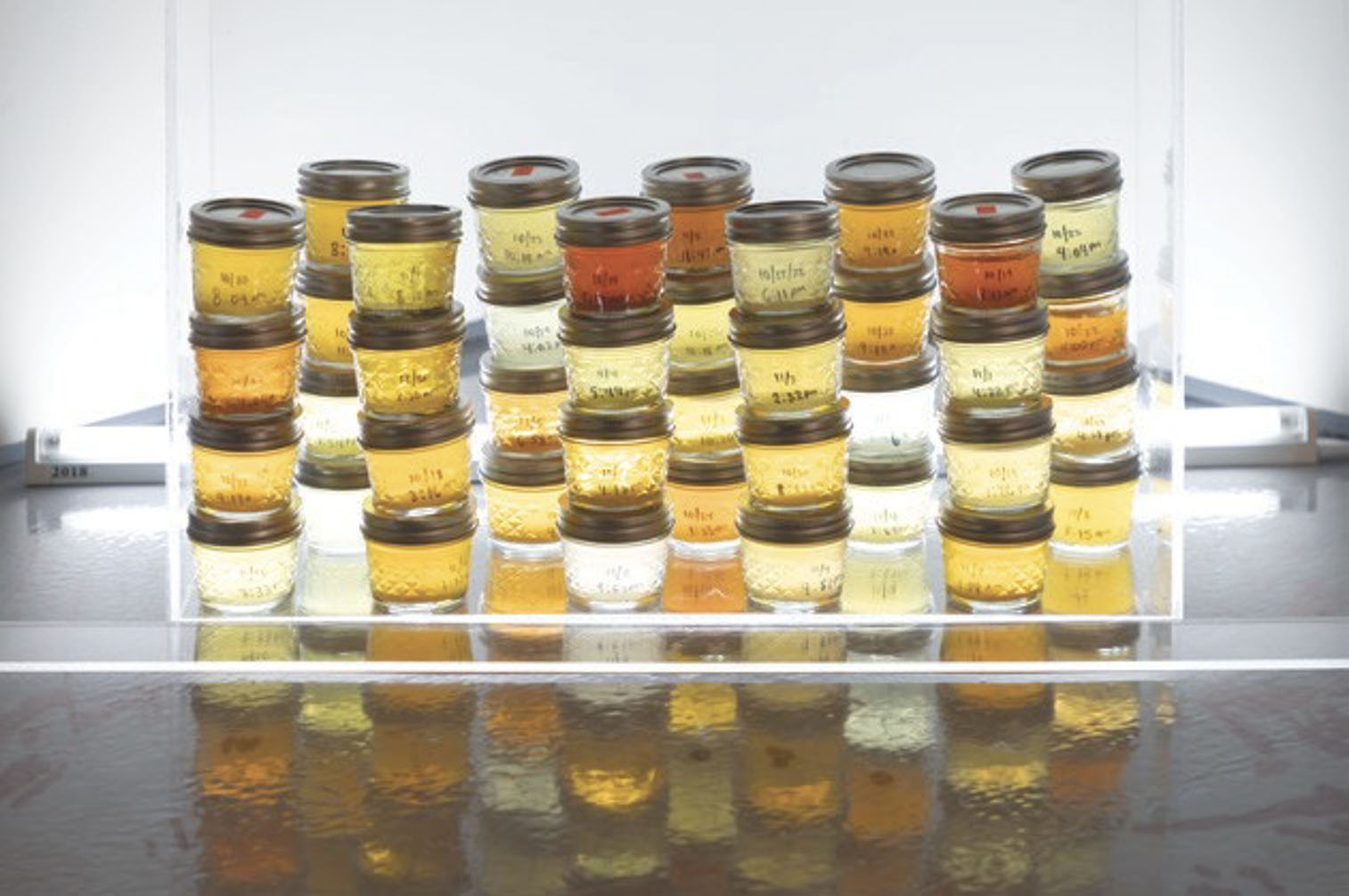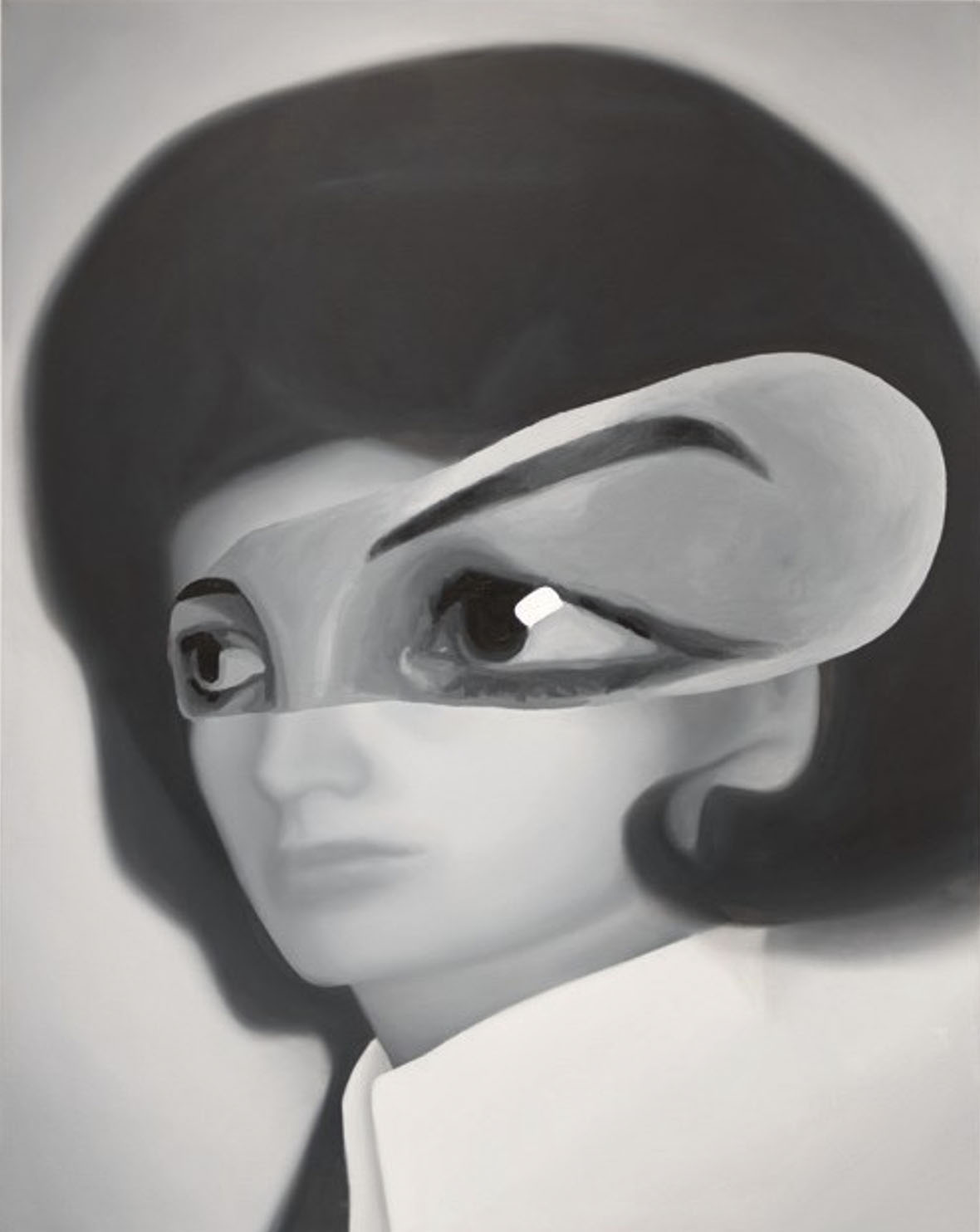February 8 – February 11
80WSE Gallery
Curator: Nicasia Solano
Artists: Amanda Lindsay & Carlos Grajeda


Deteriorating Time/Deteriorating Self explores the subjective nature of time, and ways in which the self deteriorates throughout the duration of life cycles. Conceptually inspired by global cultural engagements with death, this exhibition seeks to dispel notions of deterioration as synonymous with permanent loss and melancholia. While acknowledging the intangibility of time and ever-shifting essence of the self, the exhibition highlights work bringing form to these themes. Deteriorating Time/Deteriorating Self features the photographic, sculptural, and performance work of Amanda Lindsay and the paintings of Carlos Grajeda. Lindsay and Grajeda bring visual language to their questioning of how to render time and the self as concrete fixtures within their inherent deterioration.
Lindsay’s artistic practice rejects aesthetic consistency while remaining heavily rooted in art historical and political theory. In addition, Lindsay incorporates lived experience growing up on the South Side of Chicago. In their photo series titled Dibs, Lindsay captures the technically illegal, but popularly accepted practice of claiming “dibs” on parking spots after one digs their car out after a heavy snowfall. Dibs are marked with an array of objects, ranging from lawn chairs, to plastic playground equipment. Rather than specifying ownership of the physical location, the dibs mark the time and effort one spent creating their spot. As the snow melts, dibs are removed, and the spots become public again. Through the mutually accepted edifice of dibs, time becomes visual, and its subjective but deteriorating worth is respected.
In an installation of Mason jars containing urine, Lindsay contemplates the control, or lack thereof, we have over our bodies. The jars are intended to hang in front of a lightsource to emphasize the varying shades Lindsay accomplished through only consuming specific beverages on specific days. In a study of both time and self-manipulation, the jars call to mind that bodily control and autonomy both decline with age.
Grajeda works in paint, playing with scale and exploring combinations of photorealistic figuration while incorporating pop-esque design elements. Grajeda bases many of his works on found photographs from the mid-20th century. Resulting paintings take on the aesthetic qualities of vintage film, but subvert these referents through the inclusion of alterations to the environments and figures. Surrealist qualities are abundant as bodies are fragmented. In Grajeda’s large-scale painting shown in the exhibition, the subject’s face is distorted, asking viewers to consider their personal interpretations of humanity, noting that we never view other humans without subjectivity. The subject vaguely resembles a number of historical figures, emphasizing the instability of identity. In utilizing old photographs with unidentified figures, Grajeda freezes moments in time, reinterpreting the otherwise deteriorating aspects of the photos and subjects.
Both Lindsay and Grajeda center the body as a visual anchor of the self in their practices, whether it be explicitly present or not. Time is paused in their various engagements with photographs. Time and the self’s deterioration is given tangibility in their works, presenting an opportunity to ponder the otherwise fleeting concepts.